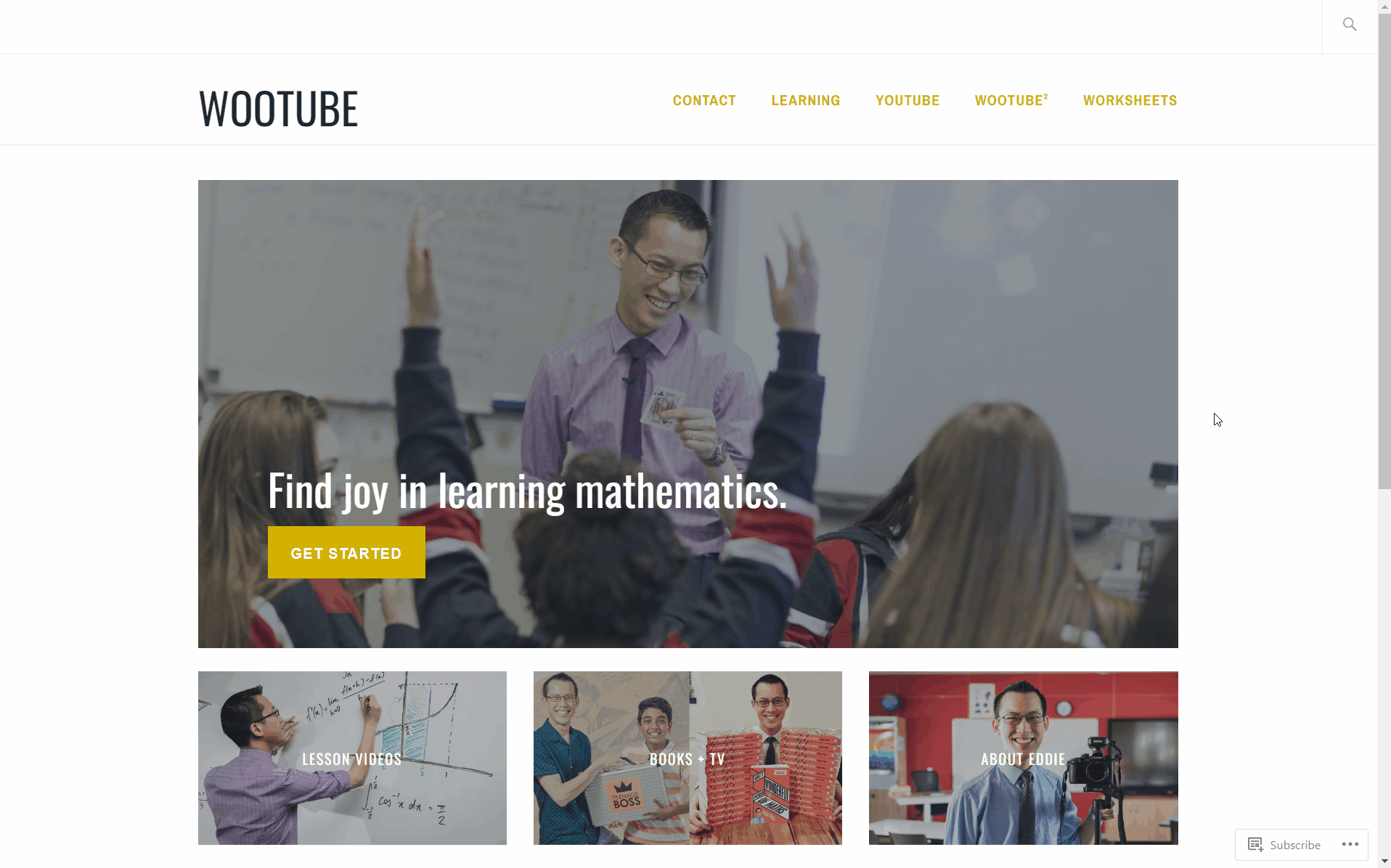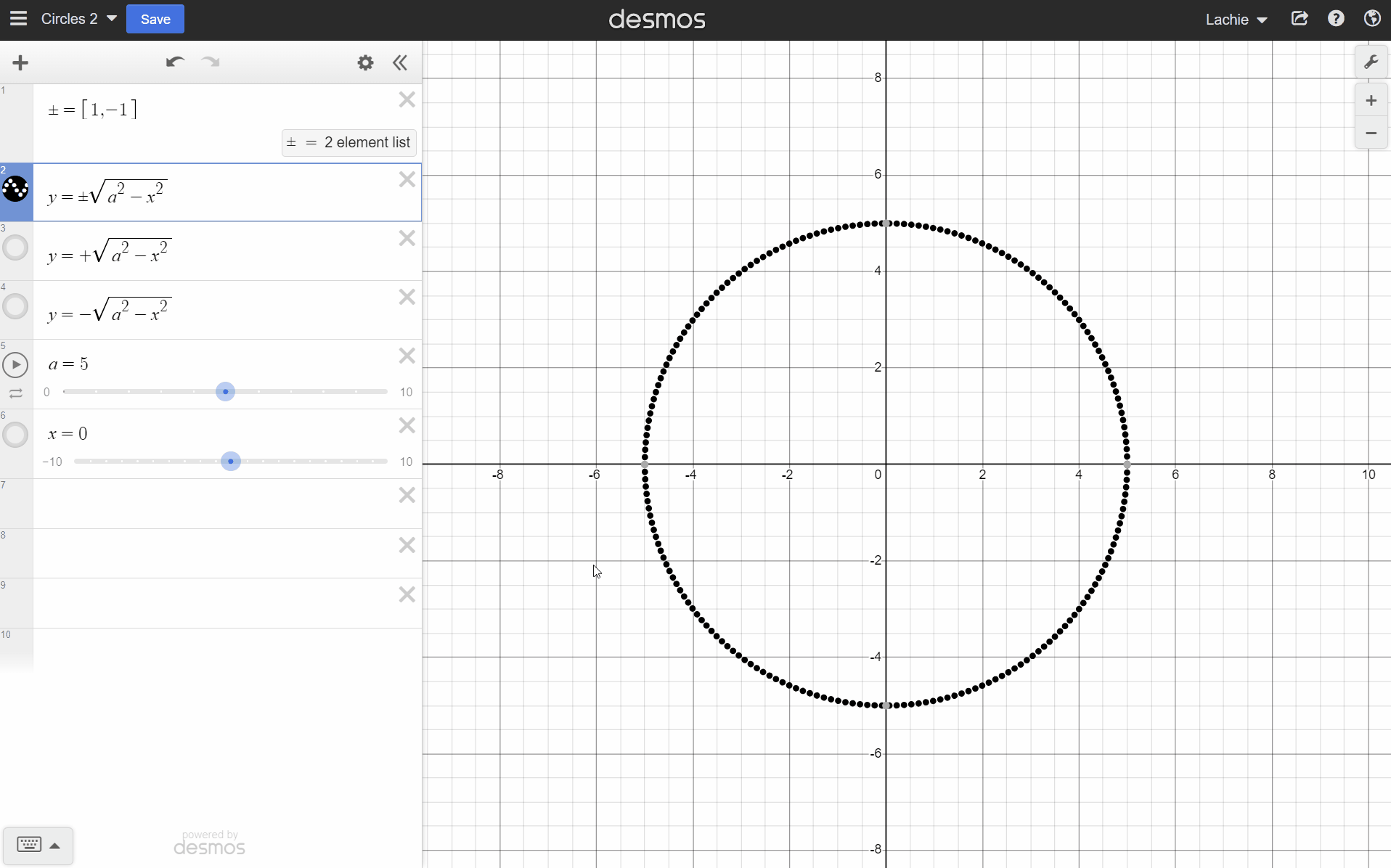Wootube
One of the best ways for an aspiring teacher to learn, is to observe an expert teacher (Marzano & Boogren, 2010). Wootube is a multi-site repository of quality mathematics teaching resources, containing, among other things, numerous recordings of real lessons in real classrooms, taught by expert teacher Eddie Woo (Woo, 2020).
This resource is invaluable for meeting focus areas 2.1, 2.2, and 2.5, especially for early career teachers such as myself who are unsure how to present a new topic or structure a learning sequence. In my own lesson preparation, I have regularly referred to WooTube in order to see how Eddie approaches a topic. This is valuable both from a technical, as well as an affective, standpoint. Often, Eddie provides interesting and engaging applications of concepts, novel scenarious, and insightful connections, bringing to life skills that may otherwise be taught in a dry or rote manner. This has often helped me to enhance lessons beyond a pure skill-focus and into deep thinking and engagement.
Furthermore, his own Christian faith clearly impacts his approach to teaching. His passion for stoking curiosity in students so that they appreciate the coherence of the cosmos and wonder at the world is something that I aim to emulate.
Desmos
Desmos is an extensive suite of interactive mathematics tools and resources (Desmos Studio PBC, 2024). The suite meshes well with focus area 2.6, providing many strategies for meaningfully implementing ICT in lessons across the curriculum.
The Desmos suite is best used as an aide for a well-prepared teacher, who thoughtfully selects visualisations, demonstrations, and activities which enrich the learning by helping students move to depth of understanding. Mathematics is fundamentally about patterns and relationships, so visualisation tools can facilitate the transition from knowledge to understanding by providing a novel means of representation by which patterns and relationships become recognisable (Gates, 2018).
I have regularly used Desmos to help students connect algebraic ideas to their graphical counterparts, and vice versa. In lessons where there would otherwise not be time to construct a graph or task students with a graphical investigation, Desmos enables rapid visualisations that can be pre-prepared and sequentially revealed. I have seen a significant improvement in my lessons when my visualisations have been prepared through Desmos ahead of time, rather than sketched on a whiteboard in haste to aid a point.
One of the best ways to help students to depth of understanding is a discovery learning process, where students are encouraged along a journey which precipitates moments of realisation (Kroeker, 1967; Shieh & Yu, 2016). Desmos Classroom is a great tool in this space, since students can be set a task to investigate, for instance, a family of non-linear relationships, tweaking parameters and uncovering truths.


